Also referred to as amchoor, amchur or amchur, mango powder is in fact not a dehydrated fruit drink but a form of spice produced from dried and macerated green mangoes, of which are generally considered unripe due to the sour flavor they often present.
However, it is this sour flavor that which many Indian and Pakistani dishes utilize so as to improve their total flavor profile with a distinctly citrus-y and tart flavor alongside a natural acidity that comes with the use of mango powder in said dishes.
The best mango powder substitutes are green mango puree, raw green mango, or green mango juice. The best flavor substitutes for mango powder are lime juice, lemon juice, pineapple juice, tamarind paste, or tamarind powder. The best acidity substitutes for mango powder are citric acid or rice wine vinegar.
What is Mango Powder Used for in Cooking?
Amchoor or mango powder is normally incorporated into recipes of Indian or Pakistani cuisine for the purposes of acting as a meat tenderizer, an acidity regulating ingredient, or as a flavoring agent that imparts a sour yet fruity flavor often described as “tart.”
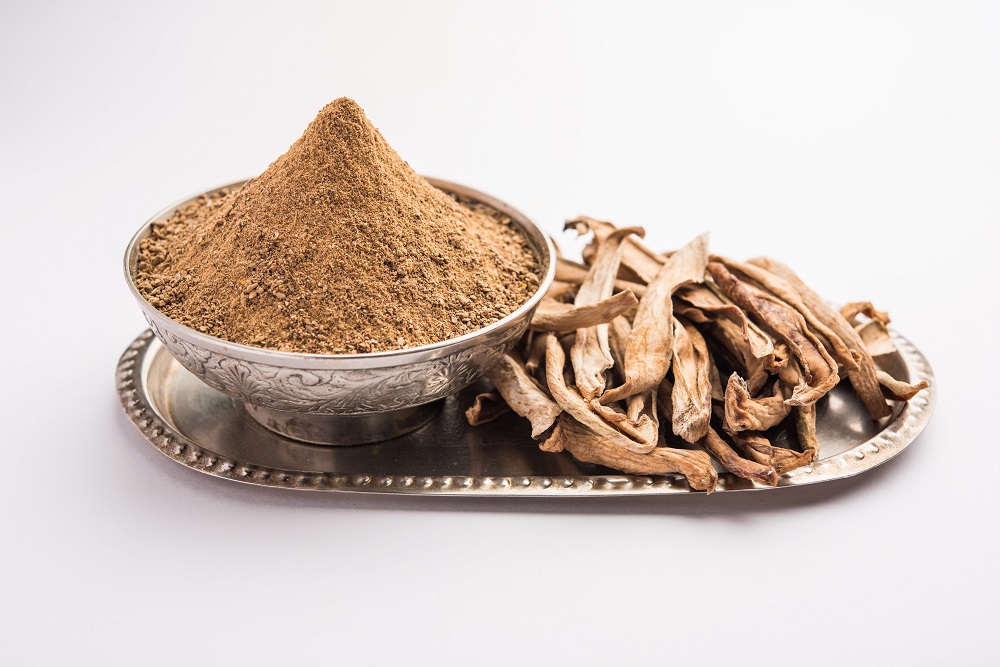
These particular characteristics make mango powder apparently irreplaceable in whatever recipe normally found to contain it – however, this is not entirely true, and while whatever replacement ingredient chosen to substitute mango powder may not fulfill all these roles, it is possible to choose one that is perfectly appropriate for the circumstances.
Can Mango Powder be Substituted?
Mango powder may be easily substituted with a variety of alternative ingredients, of which will depend on the particular attributes originally needed of mango powder for whatever recipe is being cooked.
In instances where it is simply the tart and fruity flavor profile of mango powder that is needed, choosing an alternative green mango derived food product should prove more than sufficient, as logic would dictate that ingredients derived from the same source would share quite a similar taste.
If this is not possible due to a lack of availability or because of an intolerance or allergy towards green mango derived food products, other fruity yet sour ingredients with similar flavor profiles to mango powder may also be used.
For the purposes of substituting mango powder as an acidity-imparting ingredient, several other acidic food products commonly found in many kitchen pantries may also be used as alternative acidity regulating agents, though with a less similar flavor profile.
Alternative Green Mango Derived Products
In the event that the primary reason for substituting mango powder in a recipe is simply due to a lack of availability in one’s general geographical area, it is entirely possible to instead utilize several different alternative green mango derived food products that may recreate the functions or flavors of mango powder while likely being just as if not more available than mango powder itself.
Green Mango Puree
The pureed form of unripe mango fruit, green mango puree is perfectly suitable as a mango powder substitute in the sort of recipes that allow for a liquid ingredient to replace what would normally be a powdered spice product, such as in curries or sauces that not only allow but also benefit from the addition of this fresher form of green mangoes.
Green mango puree may be somewhat more intense in flavor than its powdered form due to the presence of fresher flavoring compounds, allowing it to be used in smaller volumes if so desired by the chef.
In terms of acting as a meat tenderizer or acidity regulating agent, green mango puree may also act in a substitutional capacity to mango powder, though care must be taken as green mango puree possesses a far shorter shelf-life as well as a slightly different chemical profile, making the particular interactions between green mango puree and certain other food products somewhat different.
Raw Green Mango
In the event that no other form of alternative green mango derived food product exists, simply using an unripe green mango may prove sufficient for the purposes of imparting a tart and somewhat fruity flavor to the recipe, though this is not entirely suitable for all situations due to a variety of reasons.
When choosing to instead use whole raw green mangoes as a amchoor or mango powder substitute, it is best to slice the fruit’s flesh rather thinly and to only incorporate it into the dish after the process of cooking has been completed so as to prevent the degradation of the green mango’s flavor and acidity.
Green Mango Juice
Perhaps the most common form of green mango found throughout most of the world, juice derived from unripe green mangoes likely presents a very similar flavor profile of tartness and fruitiness to that of mango powder or amchoor, though often with the addition of extra sugar or similar compounds due to the processes of manufacturing companies.
As such, when choosing to use green mango juice as a mango powder substitute for the purposes of its flavor, it is best to use a brand of green mango juice that does not possess any added sweeteners or other flavoring agents, so as to best preserve its naturally tart flavor.
Green mango juice may also be extracted directly from unripe green mangoes by the cook themselves, of which will produce the closest possible alternative ingredient to mango powder, though this method may be time consuming and not always shelf-stable.
Flavor Substitutes for Mango Powder
Mango powder’s own relative flavor profile is considered to be rather complex, with a distinctly sour or tart body accented by a natural fruitiness that is a consequence of its fruit-derived origins, all of which are neatly tied together by a cloying and aromatic odor of honey, best exuded when the mango powder is added to recipes of the more moist variety such as curries or stew dishes.
While this seemingly complex flavor profile may be somewhat difficult to replicate in its actual entirety, it is possible to isolate the sort of flavors required of mango powder in a recipe so as to substitute it with an alternative ingredient capable of recreating these notes of taste, allowing the recipe to continue unchanged without the actual presence of mango powder itself.
Lime Juice
Best used in the sort of recipes that require a distinct tartness undercut with a mild sweetness such as one would find in the more distinct notes of flavor found in mango powder’s flavor profile, lime juice is a perfectly suitable substitute ingredient that is best used in recipes of the more fluid consistency.
However, lime juice may also be used as an additive ingredient in practically any recipe that mango powder would normally be used in as well, with its rather strong tartness being recognizable even in small amounts and as such allowing it to simply be sprinkled atop such things like meat and fish without the use of any significant volume of juice.
Lemon Juice
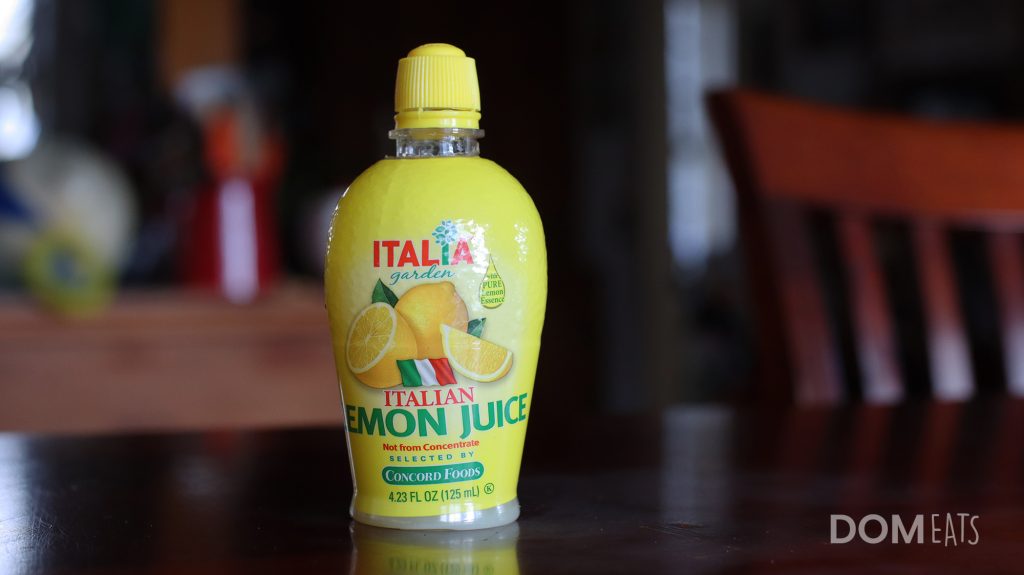
Quite similar to lime juice save for a slightly less sweet and somewhat more acidic flavor profile, lemon juice may also be used in practically any recipe that mango powder would normally be added to, so long as the required flavors of the chosen substitute ingredient are that of tartness and sourness, of which lemon possesses quite intensely.
Lemon juice may substitute mango powder in a direct one to one ratio despite the difference in their physical forms, allowing it to be used as a meat tenderizing ingredient, as a souring agent, or even just as an ingredient that imparts a tart flavor to what may be an otherwise flat dish.
Pineapple Juice
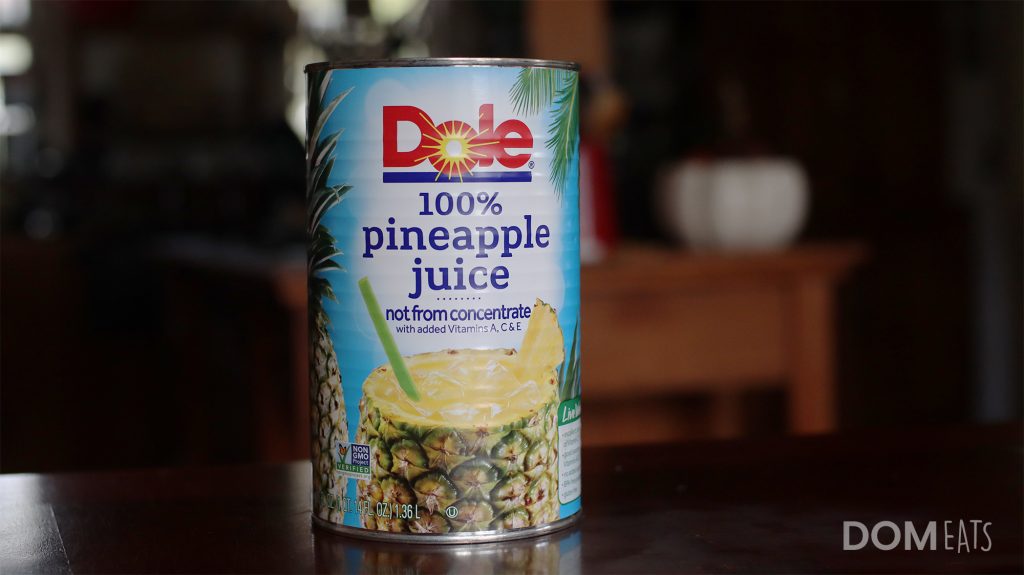
Perhaps the best possible meat tenderizing substitute ingredient to mango powder due to the presence of enzymes within the juice of the pineapple, this particular fruit juice not only surpasses mango powder in terms of meat tenderizing capability but may also act as a flavor substitute for the green mango derived spice.
This is due to the similarity in the flavor profile of the two fruits, with the same tart and fruity body of flavor being of likewise levels of intensity between the two, with the primary difference being the fact that pineapple possesses a slightly sweeter aftertaste, of which may or may not be a drawback depending on the particular recipe being produced.
Tamarind Paste
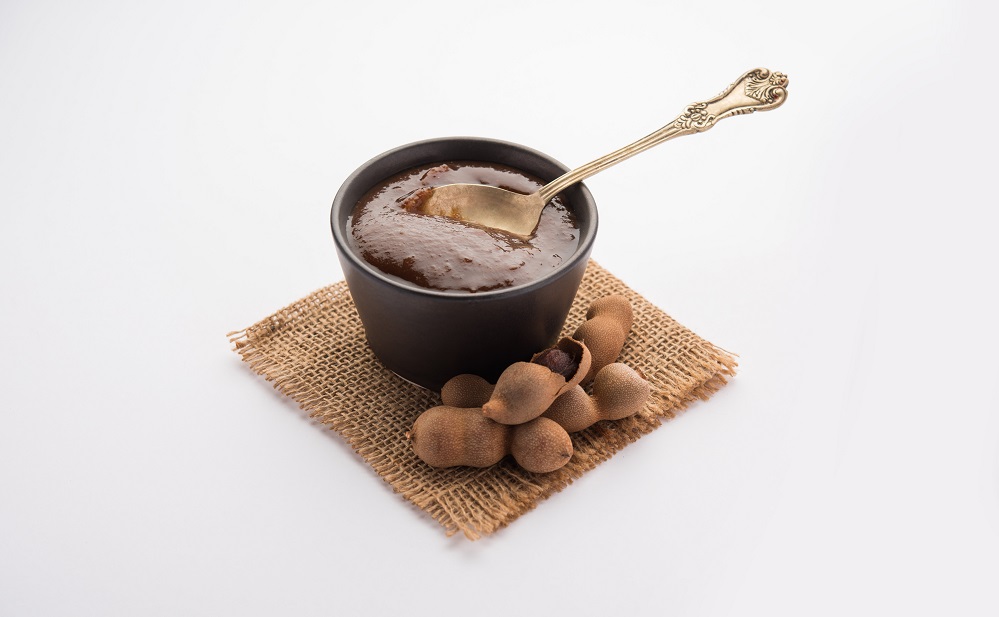
Considered perhaps one of the closest possible flavor profiles to that of amchoor or mango powder, tamarind pods and their subsequent tamarind paste possess a distinctly tart, sweet, and ever so slightly pungent flavor profile that not only replicates that of mango powder but also surpasses it in the taste profiles of certain dishes and sauces.
Tamarind paste, depending on the particular concentration of one’s particular brand, may be somewhat more intense in flavor and aroma than mango powder, and as such must first be taste tested prior to being utilized as a mango powder substitute so as to avoid overwhelming the recipe.
Tamarind Powder
Tangentially related to tamarind paste with the primary difference being the fact that tamarind powder is simply the tamarind fruit’s processed and dehydrated form, tamarind powder is perhaps even more fitting a substitute flavor ingredient than tamarind paste itself.
This is due to the fact that as tamarind is dehydrated and processed, it begins to take on a more neutral yet no less tart and fruity flavor profile, allowing it to be used in a wider variety of dishes than what other forms of tamarind derived food products would be incorporated into as mango powder substitutes.
A benefit to using tamarind powder as opposed to other substitute ingredients listed in this article is the fact that it shares the same physical form as mango powder, allowing it to be used in practically the same method that the latter spice powder would, save for the somewhat more intense flavor found in tamarind powder.
As such, due to this somewhat more powerful level of flavor present within tamarind powder, it is best to use approximately one fourth less volume of said tamarind powder when substituting mango powder in practically any recipe so as to avoid overwhelming the entire flavor profile of the dish or sauce.
Acidity Substitutes for Mango Powder
Another primary use of amchoor or mango powder is its ability to impart a certain level of naturally derived acidity into a recipe, which usually results in the total flavor profile of the dish possessing a “bite” or “sharpness” that may be quite pleasant when combined with more earthy or aromatic flavors, of which are quite common in the sort of native recipes that mango powder is so commonly used in.
Fortunately, this particular characteristic of amchoor is not solely reserved for the mango derived spice powder itself, and as such quite a few alternative acidity imparting food products do exist that may also be used in a pinch, achieving much the same effect with very little extra steps needed.
Citric Acid

Perhaps the most commonly used acidic ingredient not only in home cooking but in food manufacturing in general, citric acid is an edible powdered ingredient derived from citrus fruits that imparts a distinctly tart flavor while simultaneously raising the relative pH level of whatever recipe or dish it is added to, achieving a similar (if somewhat crude) effect to what mango powder would create in the same circumstance.
Citric acid comes in different concentrations and as such must be added carefully to a recipe so as to avoid creating a too sour or too acidic dish.
Rice Wine Vinegar
Rice wine vinegar’s own personal flavor profile is often described as sweet and acidic, and may be compared quite often to other vinegary products such as apple cider vinegar, of which also shares a similarly tart and slightly sweet flavor considered somewhat similar to that of mango powder.
Rice wine vinegar may be used as both a more simplistic flavor substitute for mango powder as well as a substitute for its acidity regulating characteristics, allowing much the same level of acidity in a recipe to be achieved without the direct presence of mango powder itself.
References
1. Srinivasan, Krishnapura. (October 2010). Traditional Indian Functional Foods. In Book: Functional Foods of the East D O I : 10.1201/b10264-4.
2. Gordon Rock. (2020) “Pakistani Cooking: A Cookbook for Beginner’s” Self-Published under Gordon Rock, 2020. Retrieved via Google Books
3. Meera Doha. (September 2015) “Made in India: Recipes from an Indian Family Kitchen” Published via Flatiron Books ISBN 1250071011



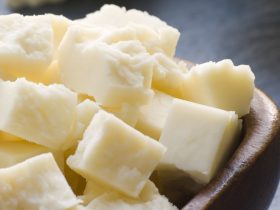

Hi, I'm Dom
Dom Eats was started to help other people fall in love with food. While cooking can feel intimidating, it doesn't have to be.